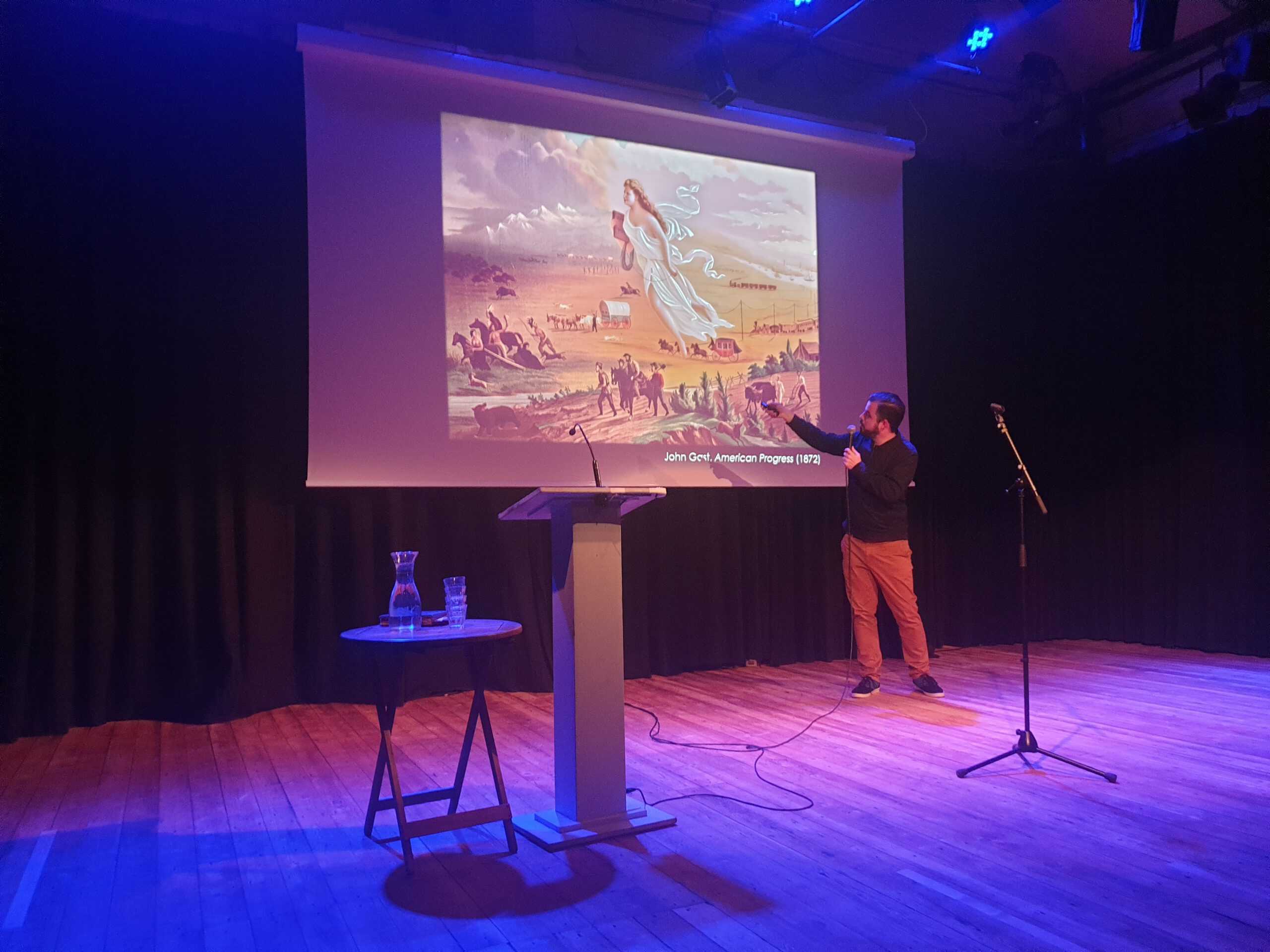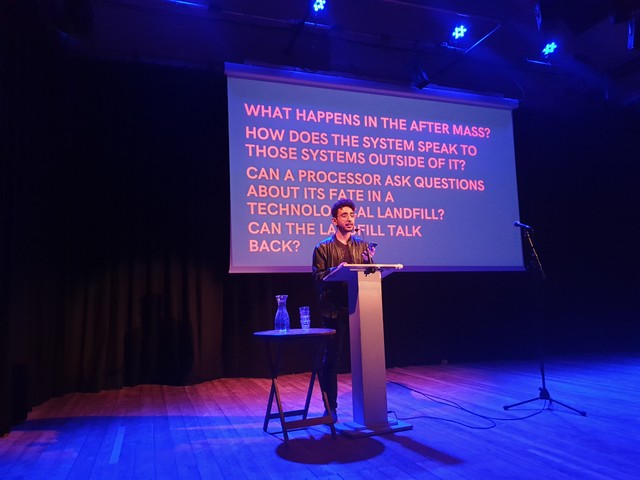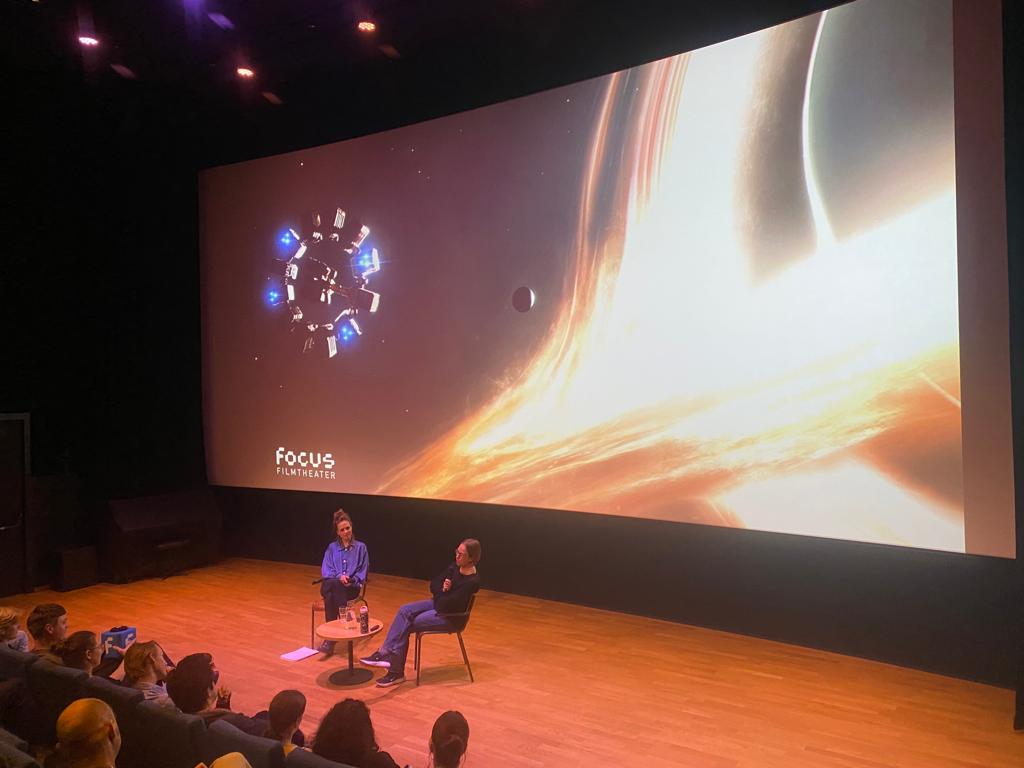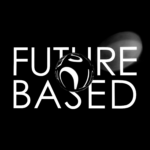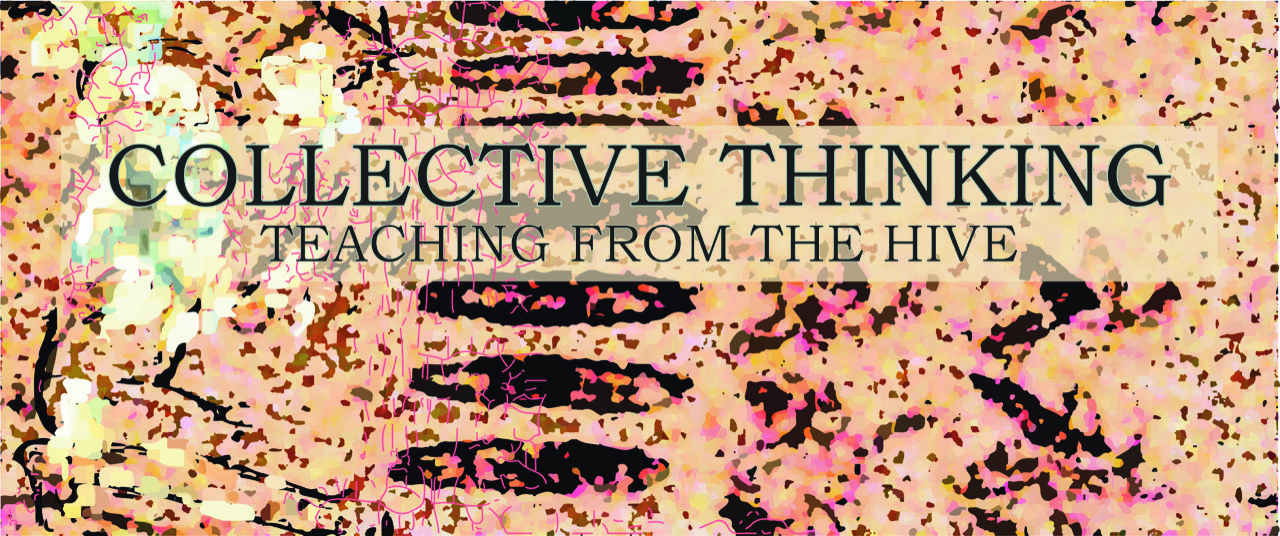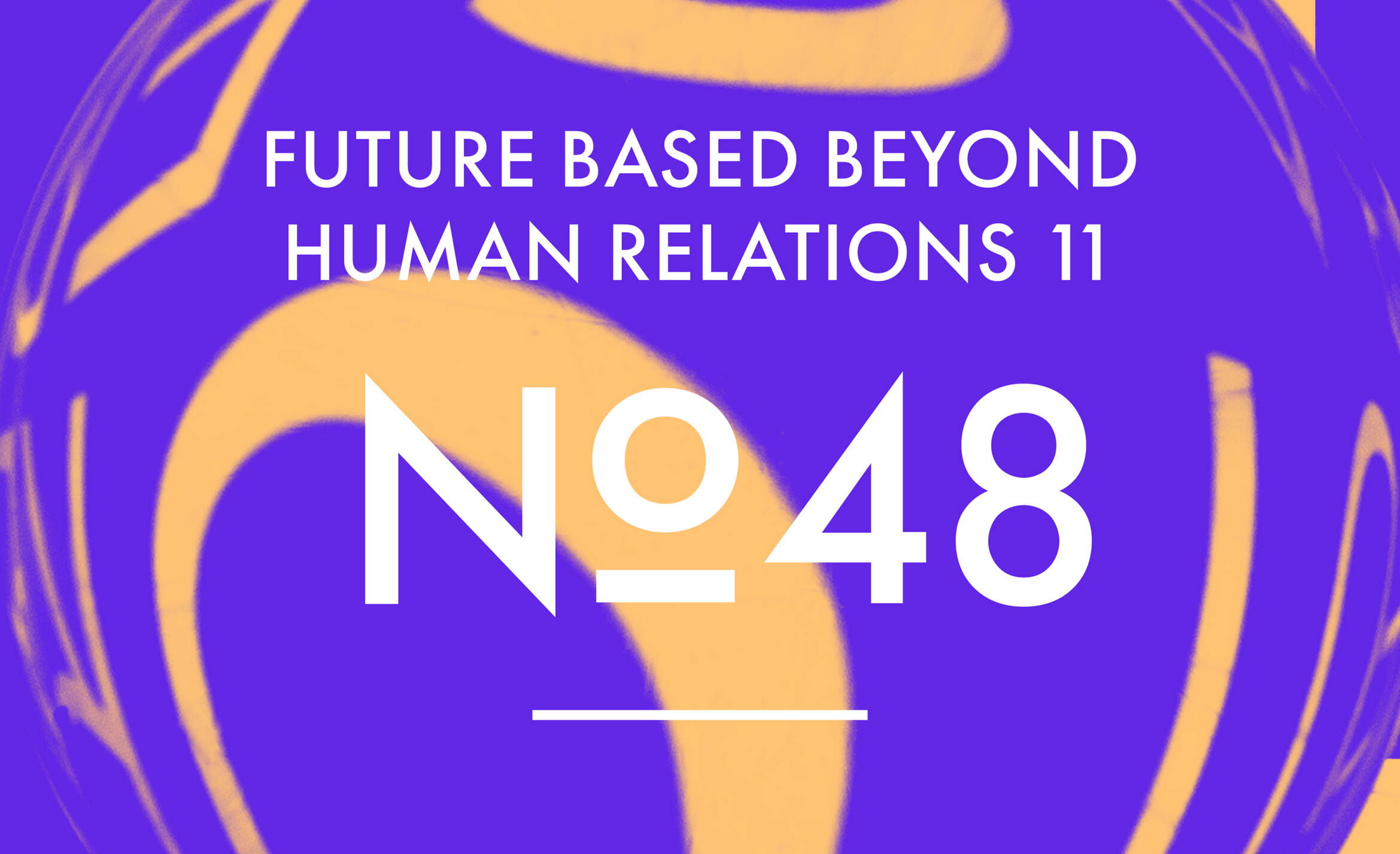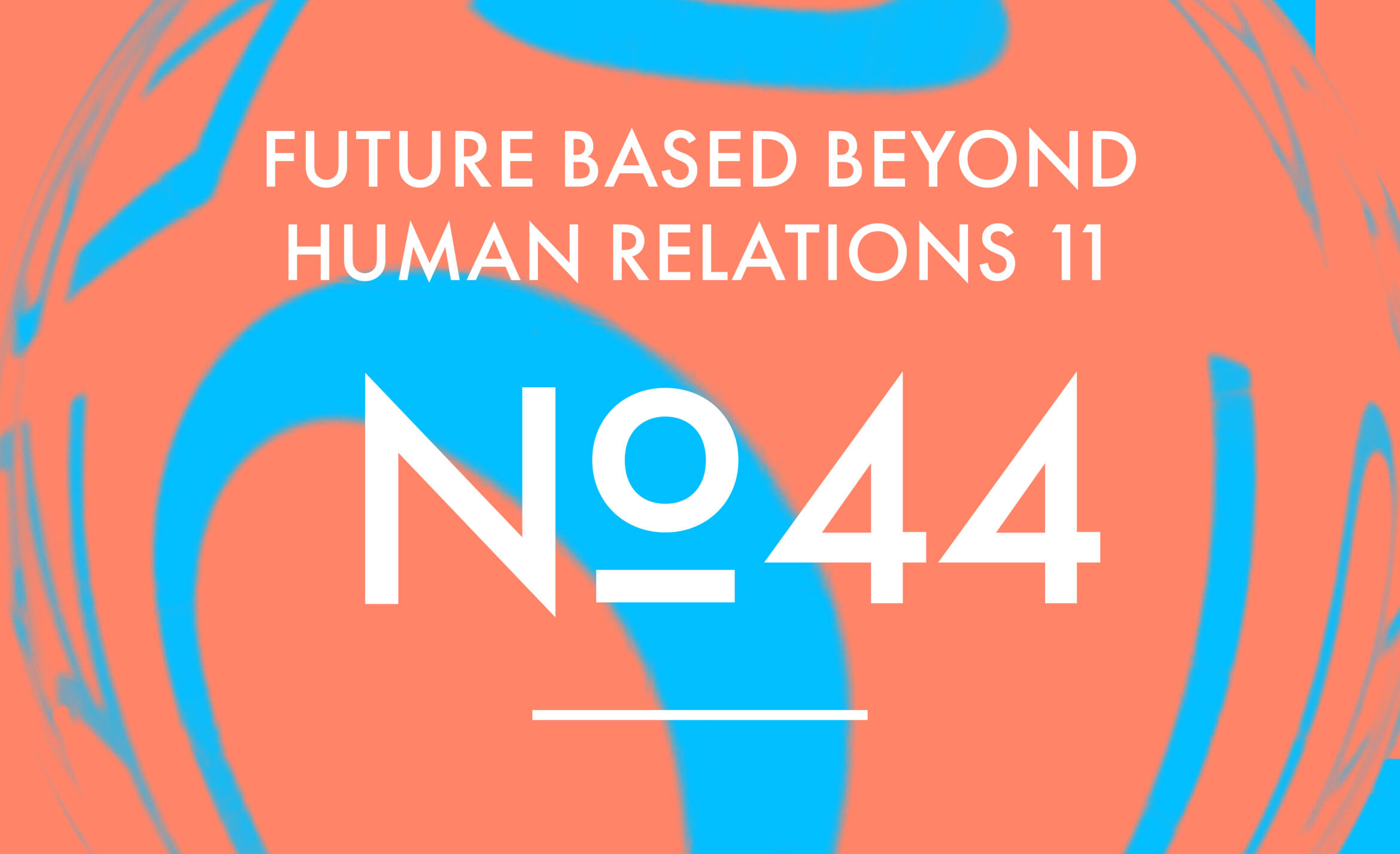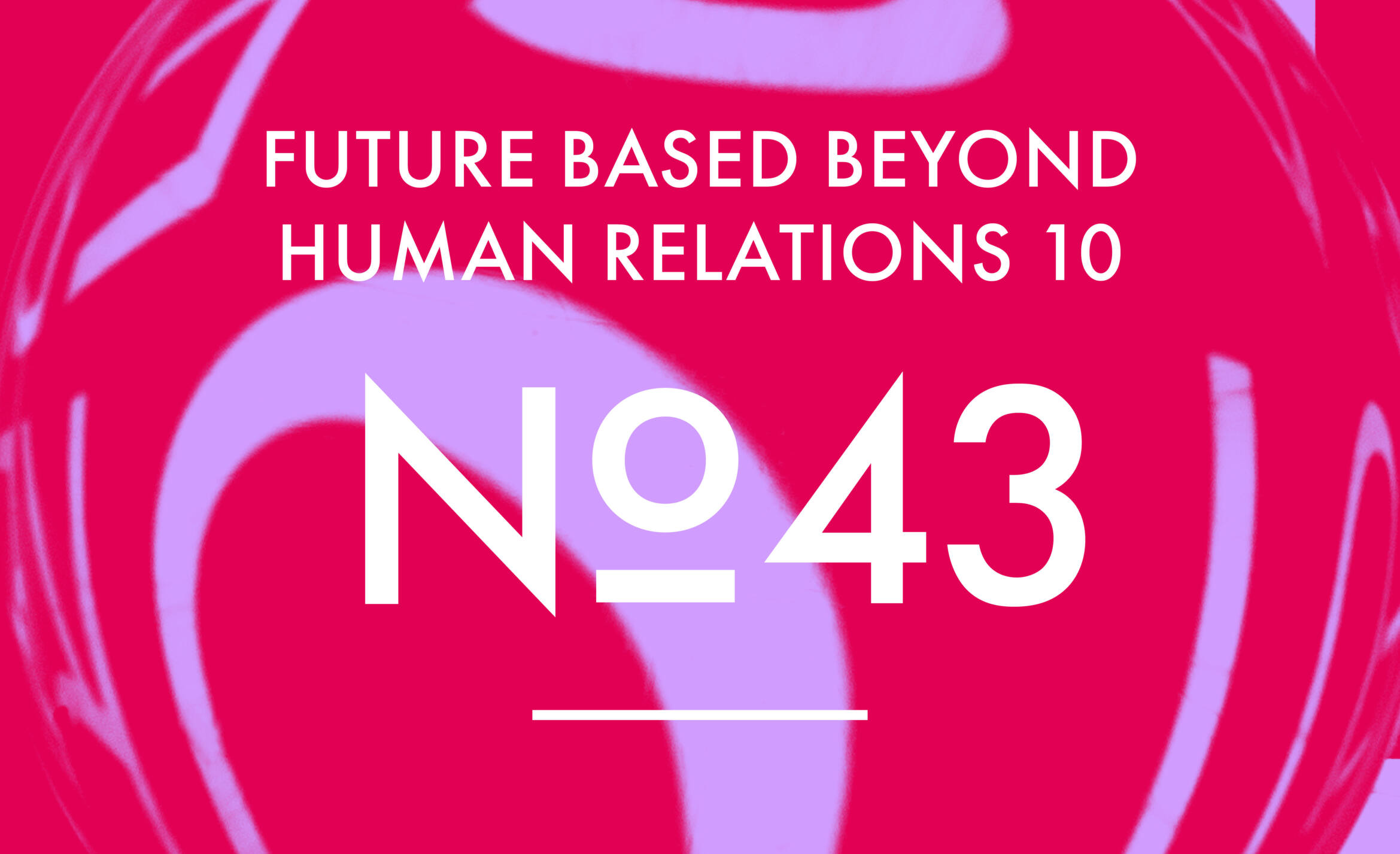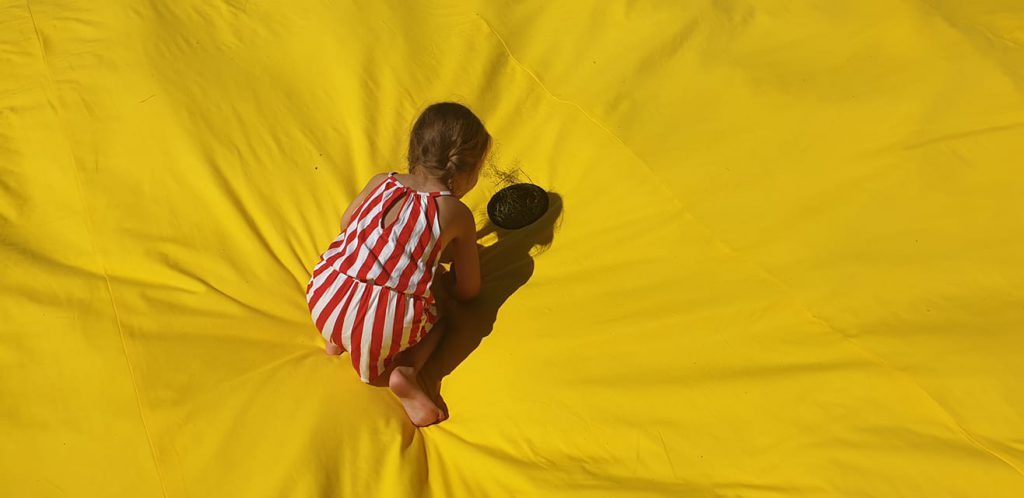Events
COLLECTIVE THINKING: Teaching from the Hive
May 8 @ 6:30 pm - 8:00 pm CEST
Bees communicate with each other where good food lies through a dance. They dance an infinity sign ∞ to the position of the sun on the honeycomb. The duration of the dance tells something about the distance, the spot on the honeycomb to the position of the sun tells in which direction the bees should fly. The way they communicate with each other and the knowledge that comes together among the hive is one of the things that should fascinate us more about bees. So when you map out where bees get their food from, what does that tell you about that environment? Where is the soil most fertile? During [...]
Podcast
Plural Perspectives with Erik Peters
Erik Peters (he/they) is an interdisciplinary artist and designer engaging with the worldbuilding potentialities seeded in the act of storytelling, uncovering how speculative fiction can germinate new universes of being. Their research-based and collaborative practice is [...]
About Organisms with Anton Poikolainen Rosén
Dr. Anton Poikolainen Rosén is a Postdoctoral researcher at Aalto University School of Art, Design and Architecture. His research focuses on sustainable futures in Human-Cumputer Interaction and more-than-human design. He works with ethnographic methods, research through design, [...]
Diversity of Being with Jelle van Dijk
Jelle van Dijk is a researcher, teacher, writer, speaker and he draws comics. He is an Assistant Professor in Human Centred Design at the University of Twente, amazed by people, who they are, what they do, and [...]
Articles
Reflection on the philosophical understanding of colour.
According to our everyday experience, the objects that surround us are coloured. Lemons are yellow, cucumbers are green, and our car is black. But according to physical science, lemons, cucumbers, and our car are composed of particles that are not attributed with colour whatsoever. These two pictures of the world seem not entirely compatible, but how come? Is philosophy able to provide us with an answer to this question?
Grieving Machines Tell Apocalyptic Stories to Birds
Have you ever seen robots that communicate with nonhuman animals and plants, or heard of machines that are programmed to learn from their natural environments? Have you ever encountered technologies that collaborate with nonhuman species? It is not very likely that you have, considering how dominant modes of thinking in the West have a history of putting the human species at center stage – and in sharp contrast to some entity called ‘nature’ – when it comes to framing, designing, programming and using technologies.

